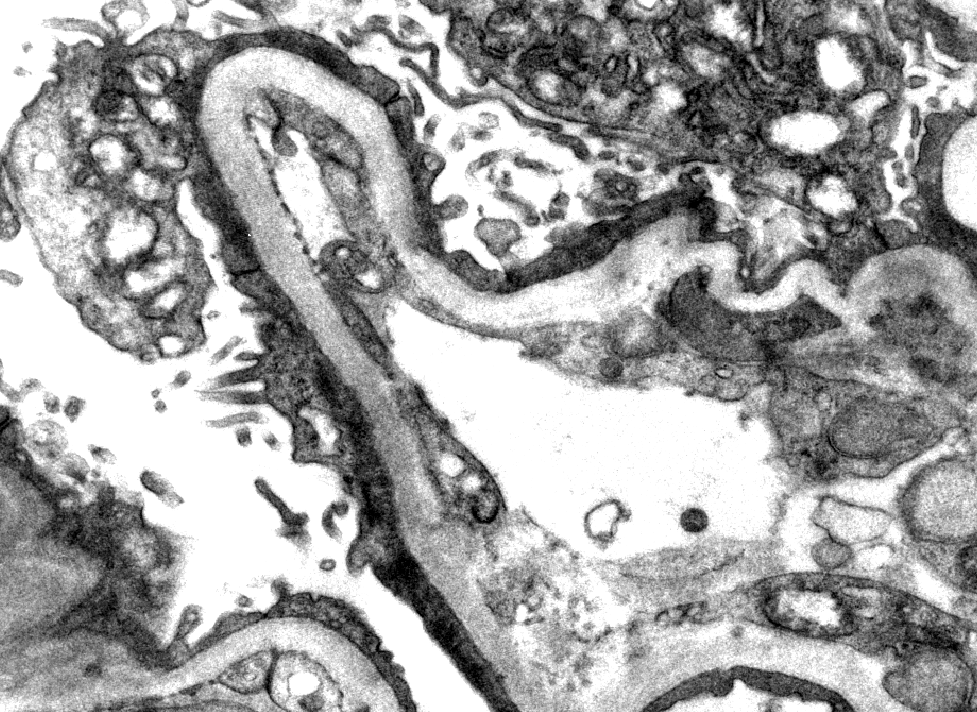Physician Resources
An increase in kidney biopsy miss rate significantly affects patient care in the management of medical kidney disease.

Renal Biopsy Diagnostic Adequacy
An essential part of our mission at Arkana is to improve patient care. To that end, we have begun the process of gathering data regarding kidney biopsy adequacy rates for our clients. This is, along with other measures all in an effort to increase the quality of the specimens we receive, and ultimately provide better care for the patients we treat.
Our physicians have contributed to this initiative in several ways. Along with various research publications and a smartphone adequacy guide, our physicians have created a table of classes to help us better assess the diagnostic adequacy of each specimen.
1. Ideal
This is a biopsy that has adequate glomeruli for interpretation and the primary tissue present was cortex, meaning the biopsy was at appropriate depth.
2. Ideal but deep
This is a biopsy that has adequate glomeruli for interpretation but the primary tissue present was medulla, meaning the biopsy was too deep.
3. Suboptimal
- This is a biopsy that had enough glomeruli to render a confident diagnosis, but below the number of glomeruli needed to definitively exclude some focal renal diseases.
- The primary tissue present was cortex, meaning the biopsy was at appropriate depth.
4. Suboptimal and deep
- This is a biopsy that had enough glomeruli to render a confident diagnosis, but below the number of glomeruli needed to definitively exclude some focal renal diseases.
- The primary tissue present was medulla, meaning the biopsy was too deep.
5. Limited
- This is a biopsy with a limited number of glomeruli. For some renal diseases, this sample may be adequate for a diagnosis. There is still significant concern that the sample may not be representative or may be insufficient to catch focal renal diseases.
- The primary tissue present was cortex, meaning the biopsy was at appropriate depth.
6. Limited and deep
- This is a biopsy with a limited number of glomeruli. For some renal diseases, this sample may be adequate for a diagnosis. There is still significant concern that the sample may not be representative or may be insufficient to catch focal renal diseases.
- The primary tissue present was medulla, meaning the biopsy was too deep.
7. Insufficient, complete miss
This is a biopsy with no cortex or glomeruli. This class represents a biopsy that was much too deep or a biopsy where the kidney parenchyma was not sampled.
Our physicians can usually make a diagnosis on 1-4 (as these all have at least 10 gloms on LM) and we would therefore judge them “adequate”.
Classes 5-7 are what we classify as “poor” or “missed”, and the nephrologist will determine if they want to re-biopsy the patient.




